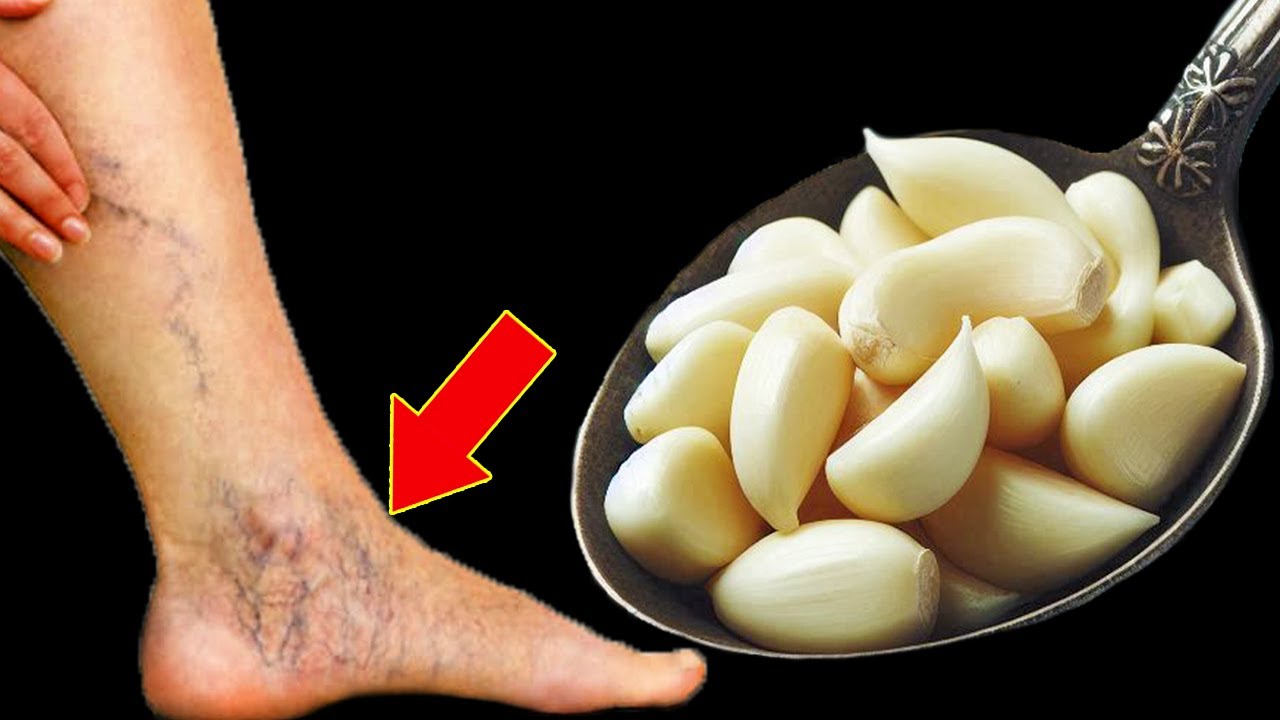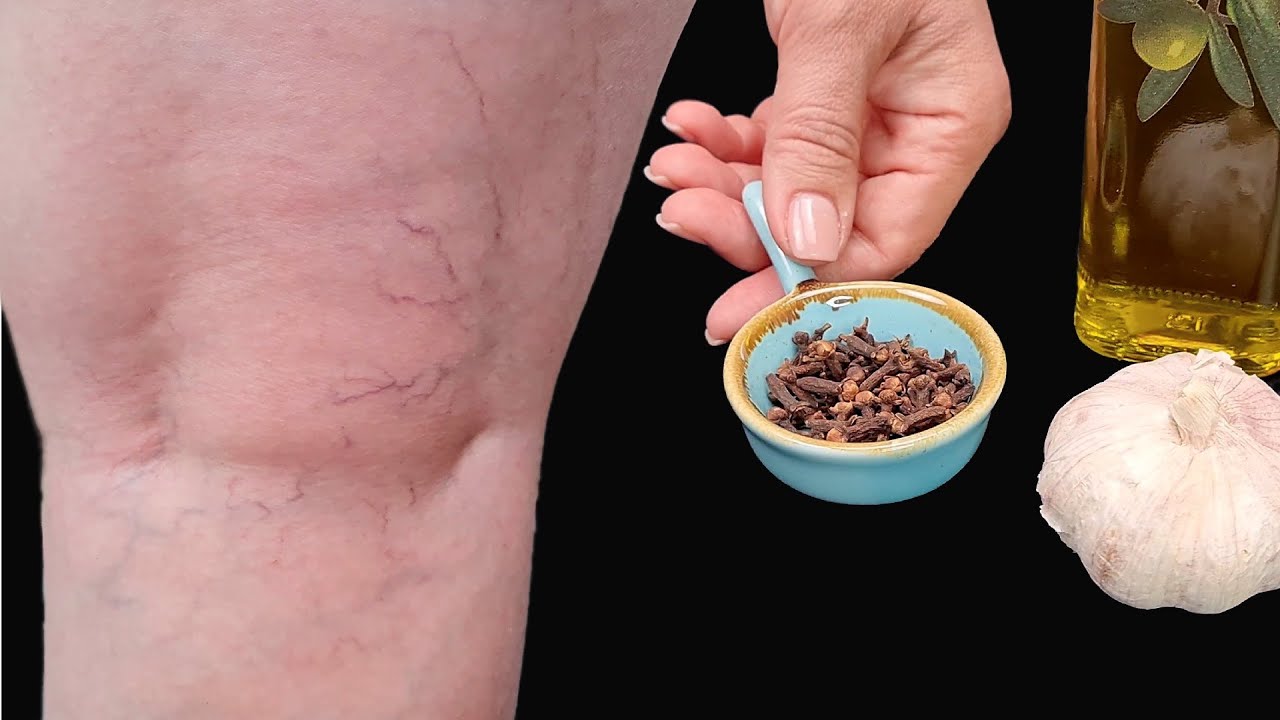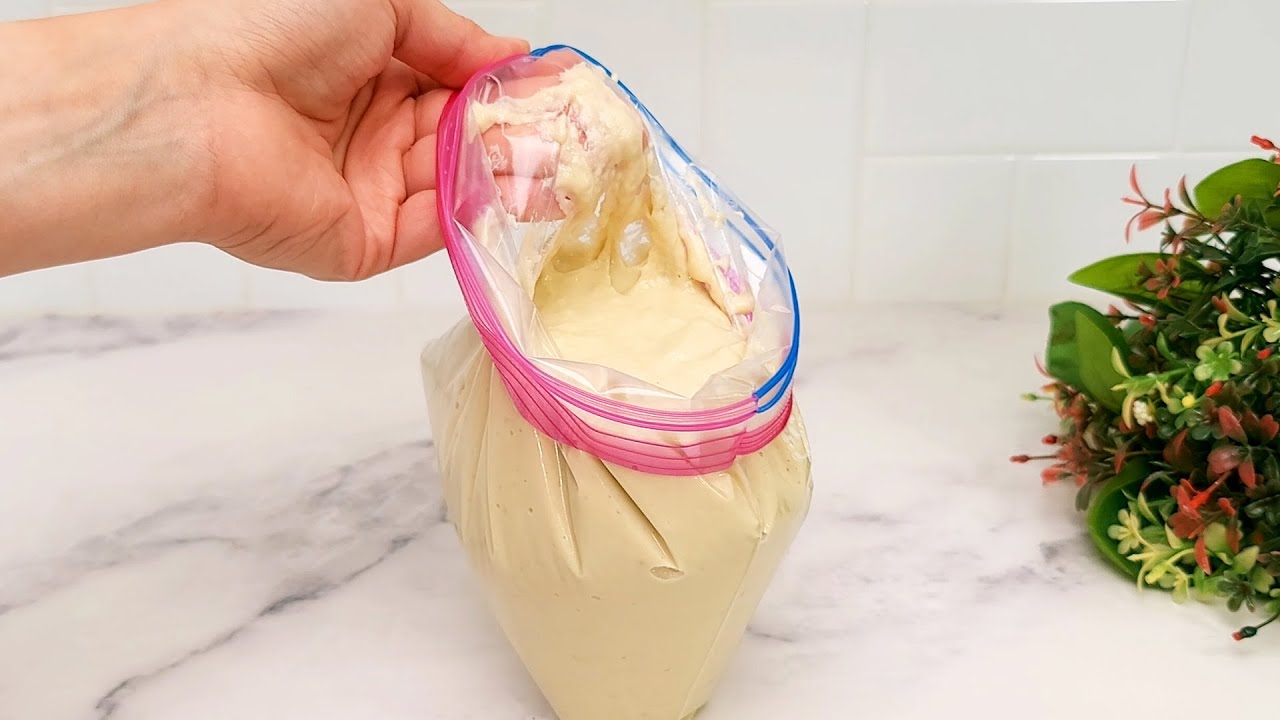Purslane, also known as pigweed, is a plant that often grows naturally in people’s yards and wastelands. While some may dismiss it or use it as animal feed, purslane is actually packed with nutrients and offers many benefits for the human body.
Did you know that purslane has been consumed as food in India for hundreds of years? In fact, in Greece, ancient purslane seeds dating back 16,000 years have been discovered in caves. One fascinating aspect of this plant is that its seeds can remain viable for up to 40 years!
The Amazing Benefits of Purslane
Purslane is not just any ordinary plant. It contains higher quantities of omega-3 fatty acids than fish oils, making it a great addition to a healthy diet. This means that purslane can be an affordable alternative to expensive medications, with the added bonus of being non-invasive.
But that’s not all! Purslane is also rich in vitamin A and two types of alkaloid pigments – beta-cyanins and beta-xanthins. These compounds are incredibly powerful antioxidants and anti-mutagenic agents, helping to protect our bodies from harmful free radicals.
Moreover, purslane is packed with other essential vitamins such as C and B, as well as riboflavin, pyridoxine, niacin, carotenoids, and minerals like iron, magnesium, and calcium. It truly is a nutritional powerhouse!
A Natural Remedy for Depression
Did you know that purslane can also be an ally in the fight against depression? Alongside plants like lettuce, amaranth leaves, wild spinach, and nasturtium, purslane contains substances that act as natural antidepressants. Calcium, magnesium, potassium, phenylalanine, and tryptophan found in purslane can help combat those feelings of sadness and improve overall mood.
Delicious and Nutritious Recipe
Looking for a fresh and colorful recipe that even children will love? Try this simple salad recipe using purslane:
- 6 cups of fresh tomatoes, finely chopped with their juice
- 4 cups of fresh cucumbers, finely chopped
- 4 cups of purslane (tender tops)
- Fresh basil leaves
- 10 fresh Perilla leaves (optional)
- 2 teaspoons of granulated garlic
- Salt
- Olive oil
- 2 tablespoons of lemon juice
Start by finely chopping the tomatoes and cucumbers. Place them in a large bowl, add salt to taste, mix well, and refrigerate for a few hours.
After the refrigeration period, add the tender tops of purslane, fresh basil leaves, Perilla leaves, garlic, olive oil, and lemon juice. Mix all the ingredients well and enjoy immediately.
Different Ways to Enjoy Purslane
If you’re looking for more ways to incorporate purslane into your diet, here are some ideas:
- Purslane Vinegar: It may take some time to prepare, but purslane vinegar can last up to a year. Simply fill a jar with purslane and cover it with room temperature apple cider vinegar. After six weeks, you can start enjoying the vinegar. Use it on its own or mix it with other vegetables for salads or side dishes.
- Sautéed Purslane: Sauté purslane with a little butter for a quick and tasty dish. You can also add it to soups to give them a slightly tangy flavor, thanks to the malic acid found in purslane.
- Purslane Mash: Mash purslane and combine it with mayonnaise, sour cream, or eggs. It makes for a delicious and nutritious spread.
- Cooked Dishes: In countries like Spain or Turkey, purslane is often added to cooked dishes, similar to how spinach is used. Get creative with your recipes!
Purslane is not only versatile but also a nutritious plant that can elevate the flavor and health benefits of your meals. So the next time you spot purslane in your garden, think twice before breaking it!





